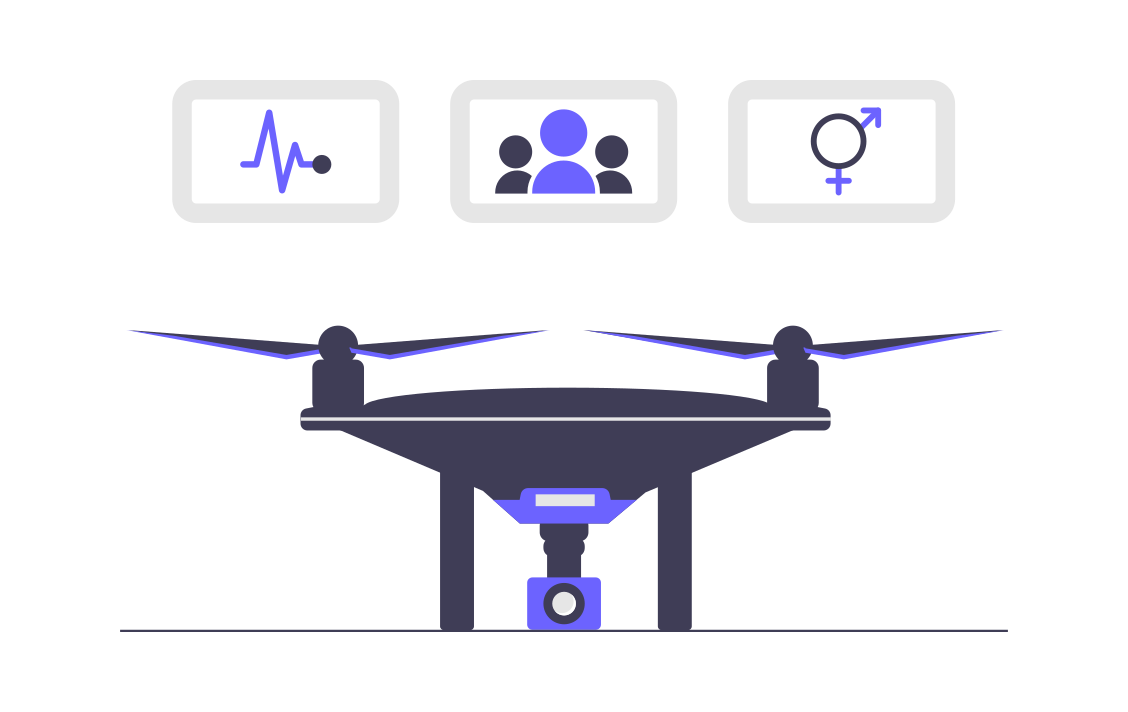Account-based marketing (ABM) has become an essential strategy for industries looking to maximize their marketing efficiency and drive substantial business growth. The aerospace and defense sector, with its complex sales cycles and highly specialized customer base, is particularly well-suited to benefit from ABM. Here, we delve into advanced tips and tricks to elevate your ABM campaigns in the aerospace and defense industry, ensuring they yield high impact and significant ROI.
Understanding the Aerospace and Defense Market
Before diving into campaign strategies, it’s crucial to understand the unique aspects of the aerospace and defense market. This industry is characterized by:
- Long Sales Cycles: Contracts and sales processes can take months, if not years, requiring a sustained and personalized engagement.
- Complex Stakeholders: Decision-making typically involves multiple stakeholders across different departments and levels of hierarchy.
- Strict Regulations: Compliance and regulatory requirements significantly influence purchasing decisions and marketing messages.
With these factors in mind, let's explore how to craft effective ABM campaigns tailored to this sector.
1. Precision Targeting with AI
The first step in any successful ABM campaign is identifying and targeting the right accounts. In aerospace and defense, this means going beyond surface-level data to understand the specific needs and challenges of your potential clients. Leveraging AI-driven tools can help you:
- Identify High-Value Accounts: Use predictive analytics to pinpoint companies most likely to benefit from your solutions.
- Understand Account Needs: AI can analyze large data sets to uncover insights about potential customers’ current challenges, needs, and procurement behaviors.
- Personalize Outreach: Tailor your messaging to address the specific pain points and requirements of each account.
2. Multi-Channel Engagement
Given the extended sales cycles, it's essential to maintain consistent and meaningful engagement across multiple channels. This includes:
- Email Campaigns: Develop targeted email sequences that provide valuable insights and updates relevant to the aerospace and defense industry.
- Social Media: Use LinkedIn and other professional networks to connect with key decision-makers and share industry-specific content.
- Content Marketing: Publish whitepapers, case studies, and blog posts that showcase your expertise and the benefits of your solutions.
3. Advanced Visitor Identification
Utilizing advanced visitor identification technology allows you to de-anonymize website traffic and understand who is visiting your site. This information is invaluable for:
- Tailoring Content: Customize your website content to resonate with your high-value visitors.
- Follow-Up Strategies: Develop personalized follow-up campaigns based on visitor behavior and interests.
4. AI-Powered Visual Editor for Personalization
Creating a personalized experience for each account is crucial in ABM. An AI-powered visual editor can help you:
- Optimize Website Content: Use AI suggestions to create headlines and content that engage your audience effectively.
- Dynamic Content Delivery: Present different content variations to different visitors based on their profile and behavior.
5. Data Integration and Enrichment
Integrating all your data sources into a single platform allows for a comprehensive view of your accounts. This helps in:
- Creating Unified Profiles: Combine data from CRM, website analytics, and other sources to build detailed profiles of your target accounts.
- Enhancing Data Quality: Use AI to enrich your existing data with additional insights and correct any inaccuracies.
6. Campaign Orchestration and Execution
A successful ABM strategy requires seamless orchestration of various campaigns. This involves:
- Inbound Personalization: Transform your website into a revenue engine by personalizing inbound traffic experiences.
- Outbound Campaigns: Create dynamic landing pages and tailor outbound communications to align with the needs of your target accounts.
- A/B Testing: Continuously test and optimize your campaigns to improve engagement and conversion rates.
7. Analytics and Reporting
Finally, robust analytics and reporting are essential for measuring the success of your ABM campaigns. AI-powered tools can:
- Generate Detailed Reports: Use natural language queries to instantly generate reports on specific metrics.
- Visualize Data: Create custom charts and dashboards to visualize key performance indicators and derive actionable insights.
Conclusion
In the highly specialized aerospace and defense sector, a well-executed ABM strategy can lead to significant business growth. By leveraging AI tools for precision targeting, multi-channel engagement, advanced visitor identification, personalized content creation, data integration, seamless campaign orchestration, and detailed analytics, you can create high-impact ABM campaigns that drive results.


